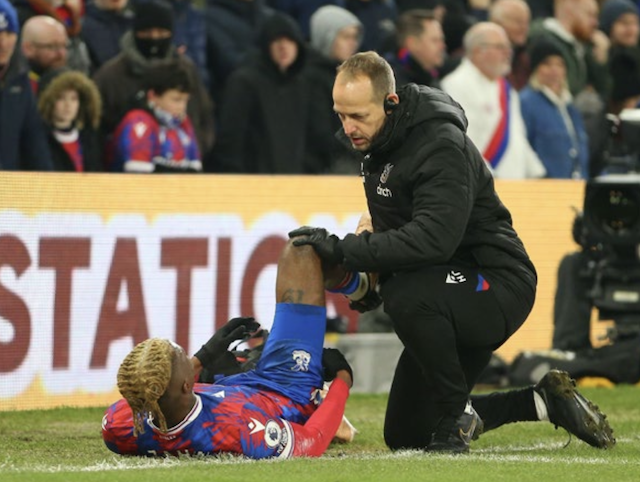
Ultrasound assessment of hamstring muscle architecture – The link to injury
Kevin Cronin
In field-based sports, if a player sustains an injury, medical staff are often asked
by the team management “when can he/ she play again?” (Ekstrand et al., 2016). Hamstring Strain Injuries (HSI) are one of the most common injury in sports (Ekstrand et al., 2016), with the majority of injuries occurring in the Bicep Femoris long head muscle (Green et al., 2020). They have a high injury burden for field- based sports athletes, particularly soccer, accounting for 37% off all muscular injuries in that sport, which is the world’s most popular sport (Askling et al., 2013; van der Horst et al., 2015). Despite considerable research to identify athletes vulnerable to HSI, a mean increase in the rate of HSI (4%) is observed (Ekstrand et al., 2016; Ekstrand et al., 2022). Indeed the prevalence of hamstring strain re-injury ranges from 14% – 34% within the same competitive season (Green et al., 2020). Researchers, medical staff, and the athletes themselves have little control over intrinsic factors often linked to developing an HSI such as increasing age, ethnicity, and previous HSI. However, researchers and medical staff are aware of some modifiable risk factors, such as understanding the link and importance of the architectural characteristics of skeletal muscle and how it impacts HSI.



